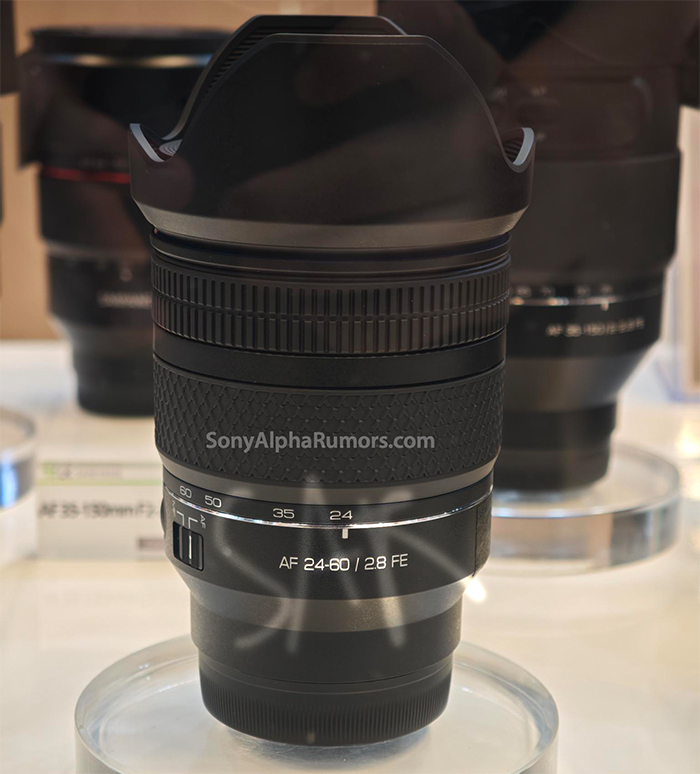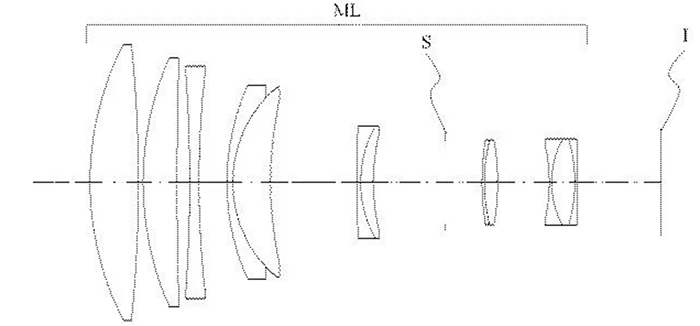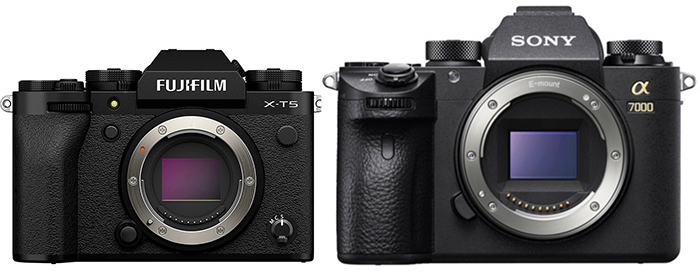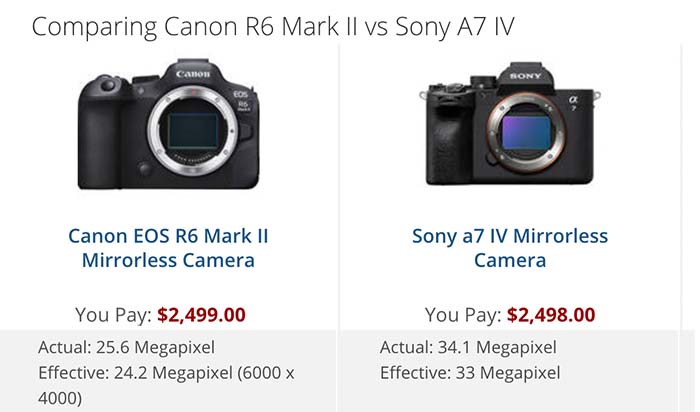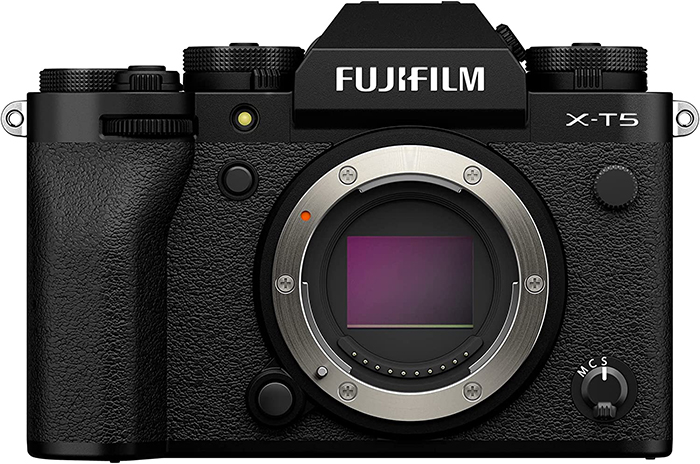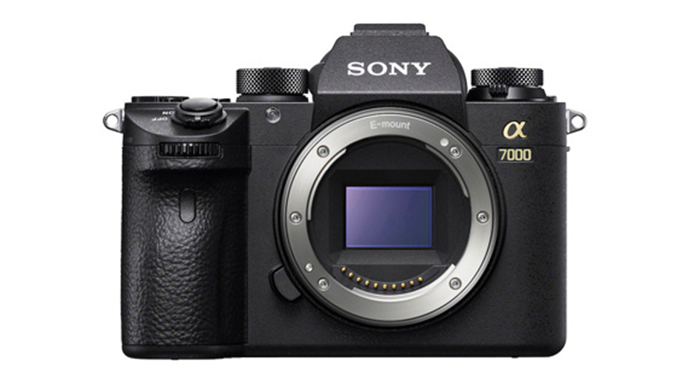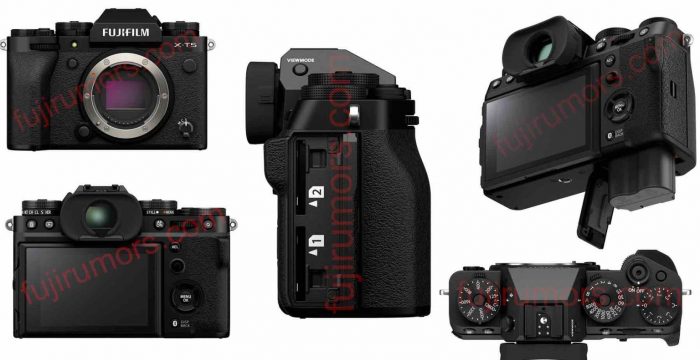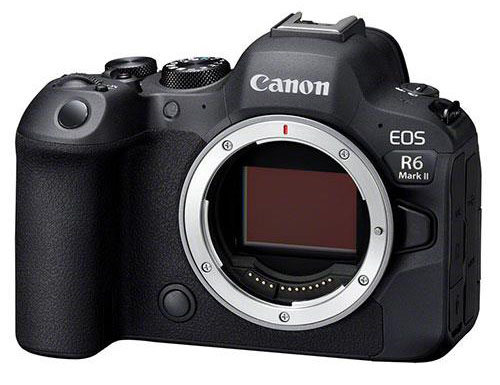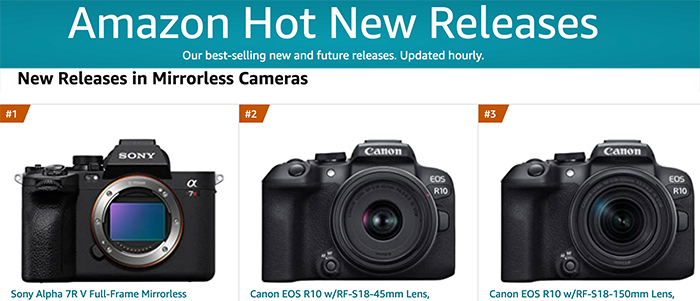Sony Tidbits…
My Favourite Sony Full Frame Lenses For Filmmaking In 2022
Today deals at Amazon, BHphoto, Adorama, Amazon DE, Amazon UK, Amazon FR, Amazon IT, FotoErhardt DE, FotoKoch DE.
Sony FX30 VS Panasonic Lumix GH6 | NIGHT MODE | Camera Test
Brightin Star 16mm F2.8 Full Frame UWA Quick Review + IQ Breakdown by Dustin Abbott.
Lexar Professional 1800x Gold Series: The Gold Standard (Explora).
35mm vs 50mm Lens Choice: Which is Right for You? (42West).
The Best Mirrorless System –Definitive Guide (Almost) by Matti Sulanto.
Follow our new Youtube channel.
I kindly invite you all to follow our Discord channel, Instagram, Facebook and Twitter to not miss news and rumors
We have our own Facebook camera groups you can join to discuss the upcoming new cameras in detail:
Sony Alpha group.
Sony A1 group.
Sony A9 series group.
Sony A7r series group.
Sony A7s series group.
Sony A7 series group.
A Tilt-Shift Holga Lens?
Adobe Announces Creative Cloud Express (Explora).
Samsung T7 Shield—One of the Best Portable SSDs Made Rugged (Explora).
SanDisk Professional G-DRIVE External Hard Drives Deliver Speed & Capacity (Explora).
The One-Lens Photography Tool: The All-in-One Zoom Buying Guide (Explora).
What Photograph Have You Missed? (Explora).
The One Lens Every Photographer Should Have and Use: The 50mm (Explora).
Best Smartphone Vlogging Accessories (Explora).
One Photographer’s Quest for the Perfect Commuter Backpack (Explora).
Announcing the ProGrade Digital Memory Cards (Explora).
Full-Sized Tripods We Recommend (Explora).
Recommended Travel Tripods (Explora).
Atomos CONNECT—An Outstanding Evolution of the Monitor Lineup (Explora).
Exploring Tascam’s CA-XLR2d Series of XLR Adapters for Cameras (Explora).
Expand Your Live Production Connectivity with Teradek Wireless Solution (Explora).
Audio Test Kitchen Provides Audio Comparisons of Microphones (Explora).
We Test 3 Sony Shotgun Mics: The ECM-G1, ECM-B10, and ECM-B1M (Explora).
From Sony: VENICE Extension System 2, VENICE 2 Version 2.00 Firmware Update (Explora).
Seamless Drone & Camera Integration with the Sony Airpeak S1 System (Explora).
Photographing Fall Foliage, with Sony (Explora).
PRO-G40 SSDs Deliver Rugged, Fast, and Portable Performance (Explora).
Adobe Announces Photoshop and Premiere Elements 2023 (Explora).
How to Capture Motion in Family Portrait Photography (42West).
How to Fix Blurry Pictures (42West).
What is a Hair Light? (42West).
Sunrise vs. Sunset: When Should You Photograph? (42West).
Camera Basics: What is Aperture? (42West).
Different Types of Batteries for Digital Cameras (42West).
A Complete Guide to Netflix-Approved Cameras (42West).
Manfrotto Releases New 300XM Pro 3-Axis Modular Gimbal and Move System (42West).
What’s in My Bag: Lifestyle Photographer Eric Rubens (42West).
8 Vibrant Photography Tips for Colorful Images that Pop (42West).
What is a Zoom Lens? And When Do I Need One? (42West).
Chromatic Aberration: What Is It and How Do You Fix It? (42West).
How to Use Lighting Gels (42West).
Best Camera Hard Cases for Photographers in 2022 (42West).
A Guide to Soccer Photography (42West).
Best Fashion Photography Poses for Men (42West).
Mirror Photography Ideas, Tips, and Examples (42West).
A Beginner’s Guide to Photo Storage (42West).
Tips for Vacation Lifestyle Photography, with Eric Rubens (42West).
A Guide to Using Reflectors and Diffusers in Photography (42West).
Dance Photography Ideas, Tips and Examples (42West).
